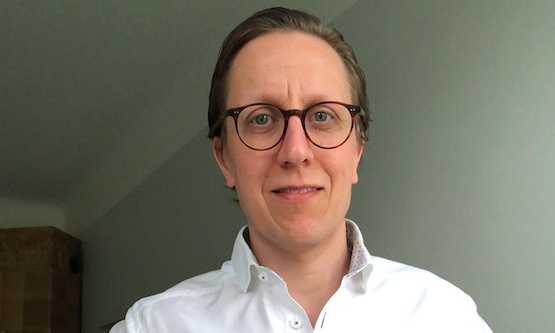By Hamlin Lovell, NordicInvestor
This article forms part of our report on Alternative Credit in the Nordics
NordicInvestor interviewed Jani Partanen, Chief Investment Officer & CFO at Pohjantähti Keskinäinen Vakuutusyhtiö. Pohjantähti (which means North Star) runs EUR 240 million.
“The main reasons for allocating to alternative and private credit are yield pickup, diversification and decorrelation, and inflation protection,” says Partanen.
Pohtantahti is increasing several areas of private debt: direct lending, specialty finance and asset-backed lending, while maintaining steady weights in trade finance.
These match the insurer’s risk and return targets and solvency II constraints. Transparency can be an issue for Solvency II which reduces some allocations. “The look through data for private credit is not perfect, which means that some low risk strategies do not work well with Solvency II rules,” says Partanen.
In the liquid space, the insurer is increasing listed corporate high yield, maintaining steady allocations to emerging market debt and infrastructure debt. High yield debt is preferred over emerging market debt due to the extra challenges of managing foreign currency exposures. “Credit is more straightfoward to manage in our portfolio,” says Partanen.
It has no exposure to asset backed securities, insurance linked securities, or life settlements.
Some of the sub-strategy allocation decisions are taken by funds of funds/multi-manager groups that Pohjantahti has allocated to. “Normally we agree on the risk/return target levels with the fund of funds manager, and they make decisions with regard to single strategies,” says Partanen.
Target returns and outlook
The target return for alternative credit is relatively high at EURIBOR + 600 basis points. This is more than some allocators are looking for.
“Target levels of yield pickup per credit rating or leverage multiple are determined on a case by case basis. Overall, a complexity premium could be in the region of 50 to 200 basis points,” says Partanen.
As of October 2022, it appears that private debt yields have not risen as far or fast as publicly listed debt yields, but this could soon change. Partanen expects that, “private debt yields will widen in response to the public market, and this usually happens with a 12-month time lag”.
Cash management and fund liquidity
Cash is managed in a mix of bank accounts and short duration credit funds. “Bank accounts are currently more attractive,” says Partanen. “They can pay as much as EURIBOR plus 50 to 60 basis points for a 3 month deposit,” he points out.
Though there is exposure to one trade finance fund of funds, in October 2022 this is not being added to. “We do not want to take on USD currency risk and it is expensive to hedge back to Euros,” he points out.
The fund liquidity breakdown is 80% daily, 10% monthly and 10% longer than monthly.
In private debt, exposure is mainly through funds of funds or co-investments. “Secondary market opportunities could be considered, but are less likely to be pursued than in private equity,” says Partanen.
Outlook and risk factors
There are some risks on the horizon. “These include default risk for companies and consumers,” suggests Partanen. “So far default risk has been acceptable despite inflation rates. But if unemployment rates increase then we will see more defaults,” he suggests.
The outlook for yields could present risks whether they widen or narrow. Continued tapering of central bank asset purchases, could cause a further selloff in the short term, but this makes yields more attractive longer term. In contrast, yield recompression would make it harder to reinvest at attractive yields.
ESG
ESG follows company level policies, and benchmarks using MSCI data.
“Most new investments are making disclosures under SFDR 8 or 9, though it is relatively hard to find article 9 strategies in alternative credit,” says Partanen.
UN SDGs being prioritized are sustainable cities and communities, climate action and partnerships to help achieve the goals.
Due diligence and manager selection
Due diligence can take a few weeks for a new fund from an existing manager, and 6-12 months for a new manager.
Industry colleagues, media, existing relationships and networks help to source manager ideas.
“Between 50-60 manager meetings per year are conducted, including about 10 new managers. The allocation split is around 80% existing managers and 20% new managers,” says Partanen.
No minimum track record is defined. There is no minimum level of assets, but Pohjantahti cannot make up more than 10% of a fund.
UCITS vehicles are most commonly used. Domiciles could be onshore, such as Ireland or Luxembourg, or offshore, such as Cayman, Jersey and Guernsey.



